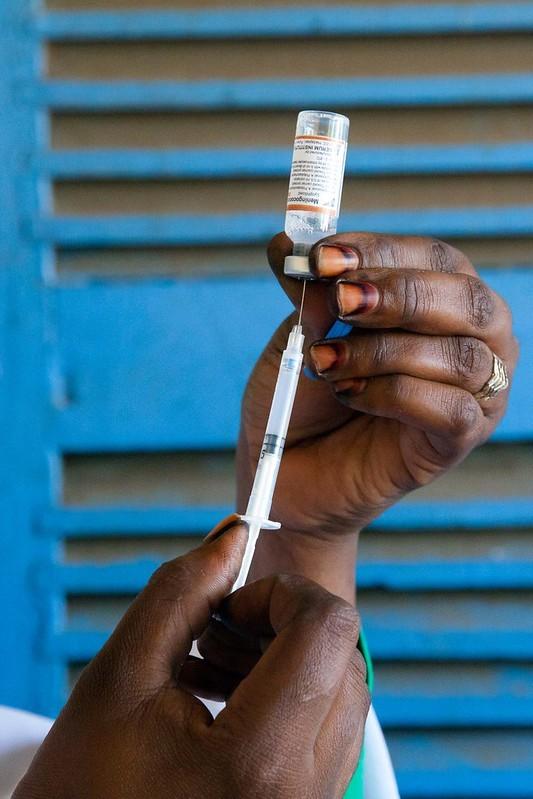The global focus on lowering rates of infectious disease among preschool children must broaden to those older than 5 years, who carry an increasing burden, concludes a large new study in The Lancet.
In November 2021, the Global Burden of Disease 2019 Child and Adolescent Communicable Disease Collaborators analyzed rates of common diseases and conditions among youth and young adults aged 0 to 24 years in 204 countries and territories from 1990 to 2019.
The global focus on lowering rates of infectious disease among preschool children must broaden to those older than 5 years, who carry an increasing burden, concludes a large new study in The Lancet.
Youth shoulder most of global infectious burden
In 2019, 30 million youth around the world died of infectious diseases, and 30 million years of healthy life were lost to disability, equivalent to 288.4 million disability-adjusted life-years and 57.3% of the world's total communicable disease burden.
While children younger than 5 years accounted for most of the infectious disease burden in 2019, older children and adolescents have been increasingly affected, primarily owing to large public health gains in the younger group and less progress elsewhere. In 1990, 85% of the communicable disease burden was in the younger-than-5 group, falling to 75% by 2019.
The highest proportion of infectious diseases and deaths was located mainly in poorer countries, although middle- and high-income countries also carry considerable burdens (4 million years lived with disability in 2019).
Intestinal disease (diarrhea), lower respiratory-tract infections (pneumonia), and malaria made up 59.8% of global communicable diseases among youth, with tuberculosis and HIV becoming important causes in adolescents. HIV was the only cause of disease that rose over time, especially among females and older children and adolescents.
Infectious diseases caused more than half of the deaths in children and adolescents in low-income countries, compared with 6% in higher-income countries. India, Nigeria, and Pakistan were especially hard-hit. Excess mortality-to-incidence ratios were seen for HIV among boys aged 15 to 19 years in poor countries.
The leading causes of infectious diseases in high-income countries were linked to conditions that lead to disability, which the researchers said underscores the need to look beyond death rates to the effects of a disease on children's quality of life.
In 2019, 228,758 children and adolescents around the world died of the vaccine-preventable diseases diphtheria, pertussis, tetanus, measles, and varicella, 66.9% of them in low-resource countries.
COVID, other epidemics brought issues to fore
The study authors said the findings support a sustained—but not sole—policy focus on diarrhea and pneumonia, particularly for children younger than 5 in low-income countries.
There must also be investment in broader approaches that address social barriers such as adolescent males with HIV having better access to health care.
"The COVID-19 pandemic and recent epidemics of Zika virus, Ebola, and severe acute respiratory syndrome underscore the urgent need to take stock of infectious disease control," lead author Peter Azzopardi, PhD, of Murdoch Children's Research Institute (MCRI) in Australia, said in an MCRI news release.
"The findings highlight the need for health systems, particularly in low-income countries, to continue to build capacity and scale up trusted interventions like immunisation programs," he added. "But there must also be investment in broader approaches that address social barriers such as adolescent males with HIV having better access to health care.”
In a related commentary, Rashida Ferrand, MD, of the London School of Hygiene & Tropical Medicine, said the timing of the study was apropos. "The global health community is confronted with unprecedented challenges, such as substantial population growth and climate change resulting in conflict and displacement of populations, food, and water insecurity as well as persisting challenges such as communicable diseases, in the face of increasing resource constraints," she wrote.
Also, Ferrand said, the study's focus on disability resulting from infectious diseases helps reveal the true effects on youth: "Disability and its substantial effect for example on education, social engagement, employment, and human capital are often underappreciated, invisible, and, at best, peripherally addressed by disease programmes and health systems."


















